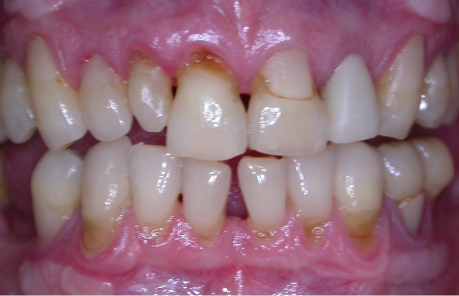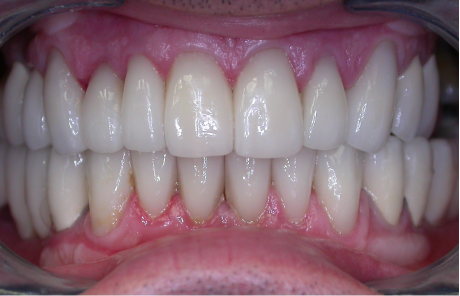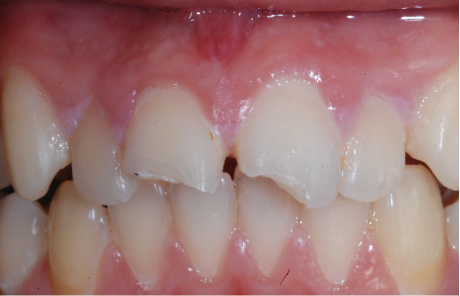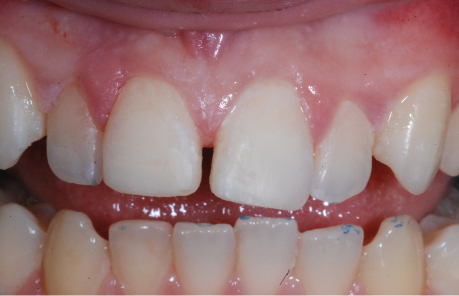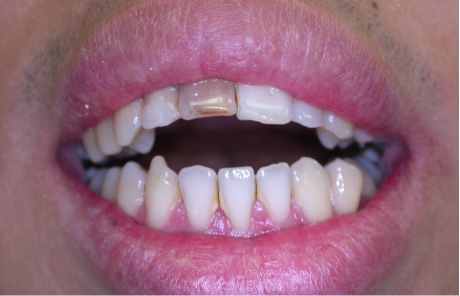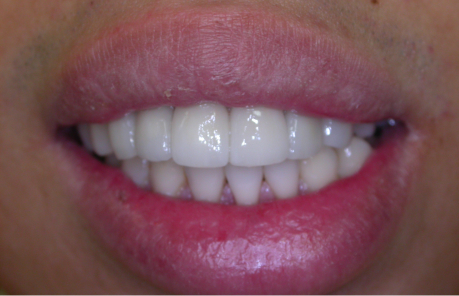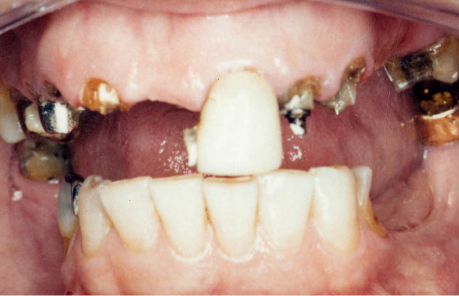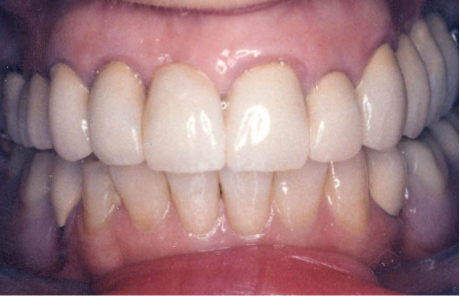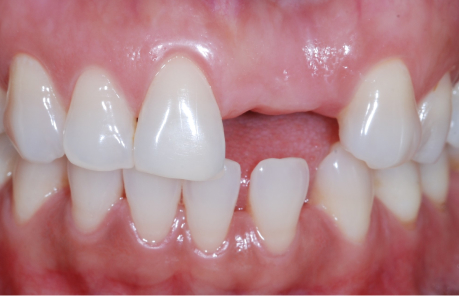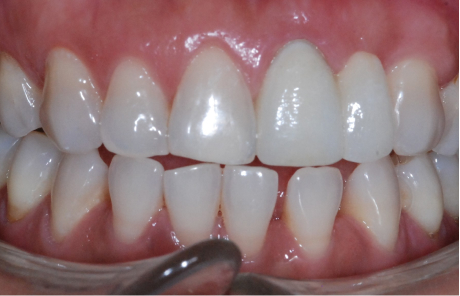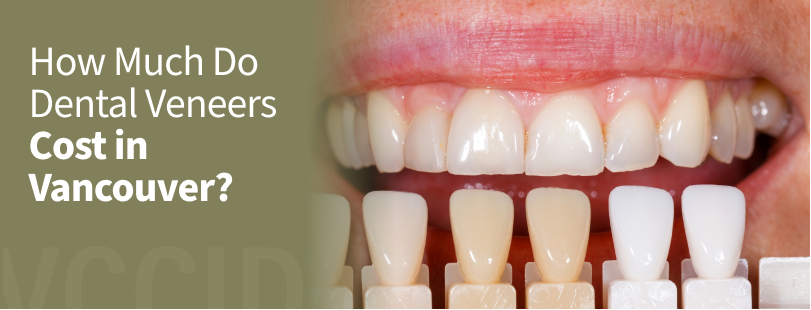When is a Root Canal Necessary?
The inside of every tooth has living tissue called the pulp. These tissues are supplied and nourished by a small capillary and nerve to each tooth. These tissues can become inflamed (called pulpitis) due to trauma, be it a hard blow to a tooth, (injury or trauma) a cavity (cavity-causing bacteria), or even clenching and grinding.
In minor cases, the tissues and tooth can heal itself and hence this will be reversible. However teeth have a very small blood supply via a small capillary, therefore they have a very limited ability to heal, especially in adults. When the tooth cannot heal the inflammation becomes irreversible. The symptoms are often radiating pain, severe pain, and prolonged pain upon exposure to cold and especially heat. At this point, your dentist will typically recommend a root canal to remove the pain and save the tooth.
If you choose not to do a root canal, often the pain will go away temporarily once the nerve and all the tissue dies. However, this dead tissue now becomes a wonderful place for bacteria to grow. The bacteria can enter the tooth through an existing cavity, through remnants of bacteria traveling via the dentin tubules from a previously filled cavity and/or they may gain access via the bloodstream at the tip of the root.
Once a tooth becomes infected the bacteria will begin to not only fill the tubules they will begin to enter the jaw, bloodstream, and body as they pour out the end of the root. This is the point at which one will tend to have a lot of facial swelling, pain, and even fever if the infection is severe.
In the past, it was not uncommon for people to die from tooth infections. Today we have antibiotics to counteract that, however, antibiotics only help with the spread of the infection. They will not help eliminate the source of bacteria inside the tooth as there is no blood supply. The only choices are to either remove the tooth or clean out the infection.
What is a Root Canal?
Since a root canal infection is caused by bacteria the purpose of a root canal surgery is to remove all tissues and bacteria from inside the tooth. Once the tooth is thoroughly cleaned it is treated to kill any remaining bacteria and then sealed with a filling material to prevent any further reinfection of the tooth. This procedure is called endodontic treatment, and the goal and purpose is to prolong the use of your natural tooth for as long as possible.
What is Root Canal Surgery?
In some cases, a tooth continues to have infection despite having a root canal. One reason for this is at the end of a tooth root, the main canal may have small minor branches near the tip, much like the forks in a river. These small canals may harbor bacteria and, being so small and near the tip, it may not be possible to fully remove all the bacteria within them. These bacteria then continue to pour out the end of the root and cause continued infection.
The other reason can be that the body has walled off the bacteria at the end of the root with a cyst. When a root canal is completed the bodies’ natural immune response will remove and clean up any residual bacteria within the jaw. However, if the bacteria happen to be walled off with a cyst, or if there is a poor blood supply to this area then the body will not be able to remove all the bacteria. In these cases, the infection will continue to come back.
The typical treatment to correct this problem is root canal surgery, technically called an apicoectomy.
In this procedure, your dentist will numb the tooth and gums. A small incision is made near the tip of the root and the cyst and infection are physically removed and cleaned out. Often about 2-3 mm of the root tip is removed and then the end of the root is sealed with a filling material. This is meant to eliminate any minor branches of the main canal and completely seal the end of the root.
Although a few mm of the root end is removed it generally does not weaken or cause any long term issues with your tooth. And although it is a surgical procedure, it is totally painless with local anesthetic and typically takes less than 45 minutes to complete.
Root Canals: A More Detailed Explanation of the Procedure
Modern root canal surgery is a relatively quick and pain-free procedure. However, it is a good idea to know the facts about root canals and the procedure involved.
The Canadian Dental Association notes that there are up to 6 steps in the root canal procedure. Root canal surgery can be completed in 1-2 visits. It is quick and the procedure should not be painful for patients.
- First, your dentist will take x-rays of the tooth to confirm the location of the infection. They will then administer local anesthetic and wait until your tooth and the surrounding tissue feels completely numb.
- Secondly, a dental dam is usually used to keep the area clean during the root canal surgery. It will protect the affected tooth from additional bacteria in your mouth and saliva. It will also help to prevent debris from the procedure from being swallowed or getting in your mouth.
- Your dentist will then take a very small drill and create a hole in the tooth that reaches to the infected pulp.
- Once sufficiently exposed, your dentist will remove the pulp, tissues, and bacteria. This includes the nerve or root of the tooth, as well as the neighboring, infected tissue. This is done using incredibly small tools for precision and detail. The inside of the root is and the tooth is cleaned, sanitized, and disinfected.
- When the inside of the now “hollow” tooth has been sterilized, your dentist will use filling materials to fill the entire tooth, all the way down to the root.
- The final step in the procedure is to use a temporary filling to seal the filled tooth and prevent future bacteria from entering. A temporary is often done to ensure the infection, pain and any issues with the tooth have been fully resolved before placing a final filling. The temporary filling only lasts for a few weeks to a month, and you will have to return to the clinic for a permanent filling.
Root Canal Fillings and Aftercare
The pulp of your tooth plays a large role in nourishing the tooth and keeping it strong. A tooth with living tissue can produce more dentine as the tooth wears and it can give you feedback if there is something bothering it (like a cavity).
Additionally, the tooth will no longer be hydrated and this can lead to brittleness. The tooth becomes more vulnerable to chips, breakage, and fractures. Often root-canaled teeth have very large fillings, to begin with making them even weaker. Therefore to protect and strengthen the tooth it is important to replace the temporary filling, and in most cases, it will be important to get a crown to prevent future fracture of the tooth.
Root Canal Prevention
After a root canal, It is essential that you maintain a proper oral health routine by brushing and flossing 2-3x per day and visiting your dentist every 6 months. If cavities are treated early, the procedure is less invasive and there is minimal damage done to the tooth.
This is the best way to prevent future cavities and root canals from forming. Colgate also suggests some excellent aftercare tips for root canals.
Visit VCCID to Learn More
At VCCID our team can help to answer any additional questions you have about root canal surgery. If you think you may have a root canal infection, do not hesitate to call or book an appointment today.
A tooth infection can be incredibly painful and at VCCID you will have the help and care needed to remove the infection and focus on prevention. Contact us and visit our location in Metrotown, Burnaby today.

